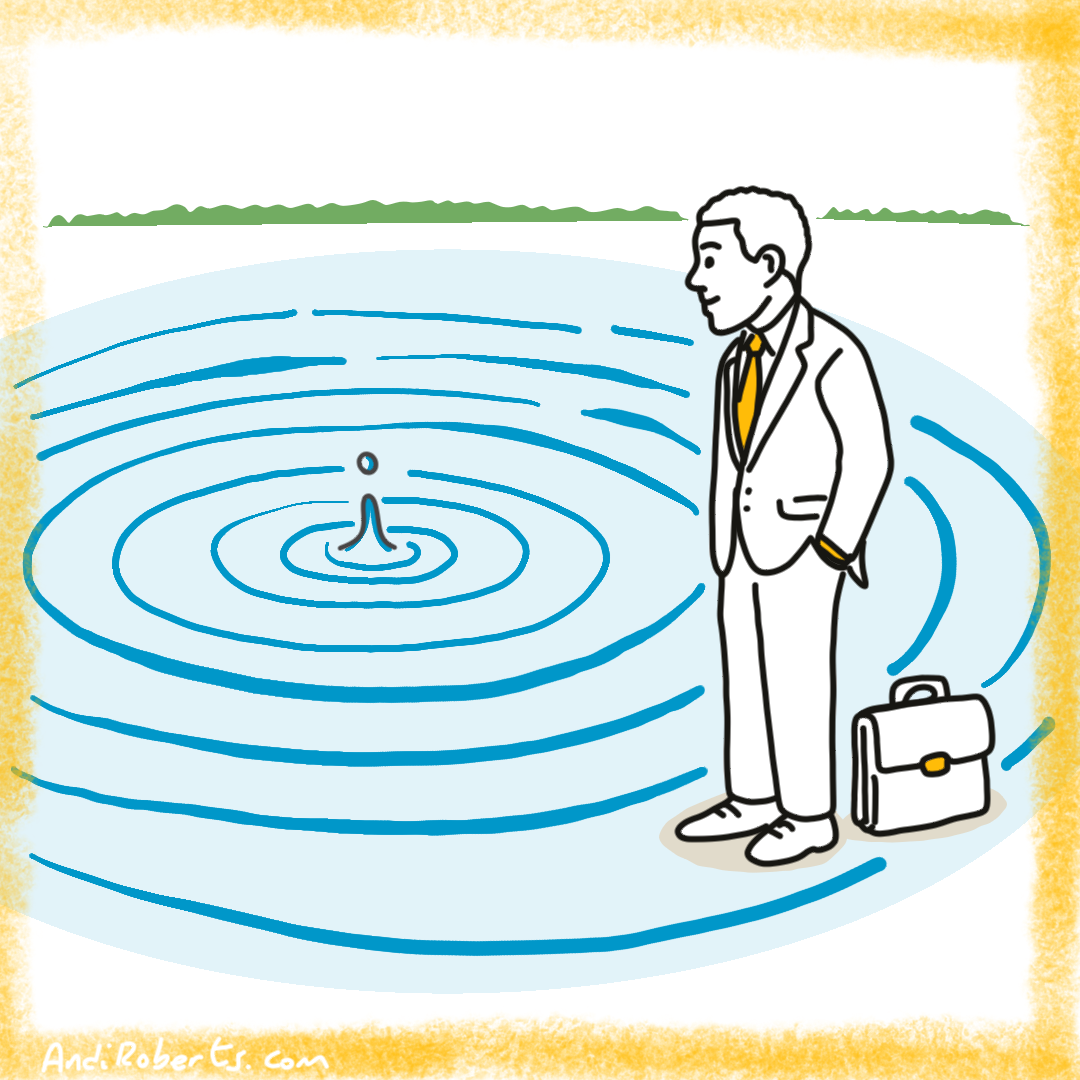Over the years, I have found that a handful of simple practices consistently help people get more value from coaching. They have emerged through working with leaders in real pressure, and through honest conversations with other coaches who are committed to practical progress rather than pleasant dialogue. These practices are not complicated. They are simple, grounded, repeatable ways of showing up that convert coaching from an interesting conversation into something that creates movement in how you think, how you act, and how you make meaning in your work.
Coaching does not change you because the coach has insight. Coaching changes you because you take responsibility for what you test, what you observe, and what you choose to learn from your own behaviour. The work is done by you. The coach is the thinking partner. The coaching session is the catalyst. The learning happens in the days in between.
The ten ideas that follow represent the patterns that most consistently lead to meaningful change. They are written so that you can use them. They are not a theory. They are instructions for practice.
1 – Define your growth agenda
Defining your growth agenda means deciding on specific business outcomes and personal professional shifts that matter now, and naming them clearly enough that both you and your coach can orient to them with purpose rather than letting the coaching drift into general talk about improvement. Send your agenda to your coach before the first session so it becomes the reference point that holds the work together.
2 – Time box preparation and reflection
Time boxing your preparation and reflection creates psychological presence, because if you rush into coaching filled with noise, you limit your ability to think well in the session, and if you leave without reflection, you limit your ability to take anything forward into your work. Take ten minutes before each session to clear your head, and ten minutes afterwards to capture what actually landed, and what you intend to test next.
3 – Focus on what you can control and influence
Focusing on what you can control and influence keeps the coaching grounded in agency rather than blame, because you cannot coach your boss, the system, or the organisation, but you can coach yourself in how you think, feel, and act in the face of those conditions. Anchor your work in your internal choices and your relational influence.
4 – Bring the shadow into the room
Bringing the shadow into the room means naming the parts of yourself you would rather avoid, because the aspects you do not name are the ones that most influence you. Speak honestly about your doubts, pride, envy, fear of losing status, and unspoken resentment. The coaching space is where truth carries no penalty, and if you protect yourself from discomfort you also protect the part that most needs to be transformed.
5 – Run one small experiment each week
Running one small experiment each week grounds learning in action, because nothing changes until you behave differently in the real environment where consequences live. Choose one small observable behaviour to test within seven days, act on it, and pay attention to what happens.
6 – Track your progress weekly
Tracking your progress weekly protects the work from drift, because development is subtle and nonlinear, and it is easy to miss the small signs of momentum that accumulate into real capability. Take a short weekly reflection to look for patterns rather than waiting for dramatic breakthroughs.
7 – End each session with two questions
Ending each coaching session with two questions closes the loop between thinking and acting, because reflection without action is entertainment. The two questions are: what did you learn about yourself, and what will you test next?
8 – Journal your journey
Journaling your journey turns subjective impressions into evidence because capturing what you tried, what happened, and what you noticed becomes the raw material that reveals where your habits are shifting and where you are still holding on to old patterns.
9 – Involve one trusted person beyond the coach
Involving one trusted person beyond the coach gives you real-world feedback, because a coach sees your intention but not your impact, and a colleague or peer who sees you in the flow of work can tell you what is actually landing.
10 – Design your post-coaching transition
Designing your post-coaching transition protects the gains you have made, because unless you decide what you will continue doing after the engagement ends, the progress will fade back into habit. Name the routines you want to carry forward so the practice outlives the programme. Ideally embed them during the coaching.
Conclusion
Coaching creates change only when you treat your development as an active craft rather than an event that happens in the coaching room. The return on coaching is not in the insight. It is in the behaviour that follows the insight. If you take responsibility for what you test, how you reflect, and what you choose to sustain, the coaching becomes a multiplier. If you do not, it becomes a series of interesting conversations that do not alter your future.
Reflective questions
- What do you want to be able to do differently in your work and leadership six months from now that you cannot yet do today?
- What part of your current behaviour or mindset will require the most honesty and courage to look at directly?
- What small weekly habit or practice are you willing to commit to that will ensure you turn coaching insight into action?




Leave A Comment